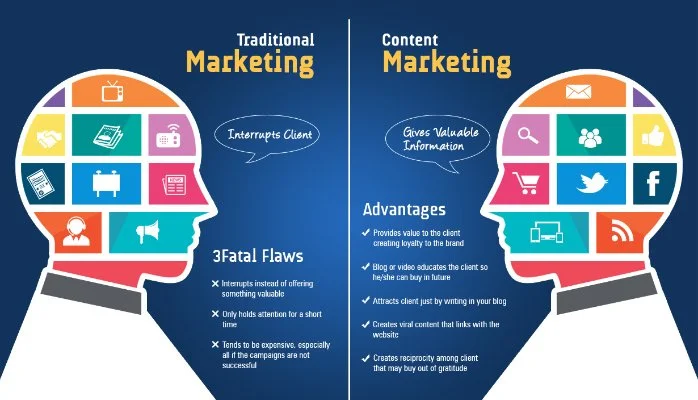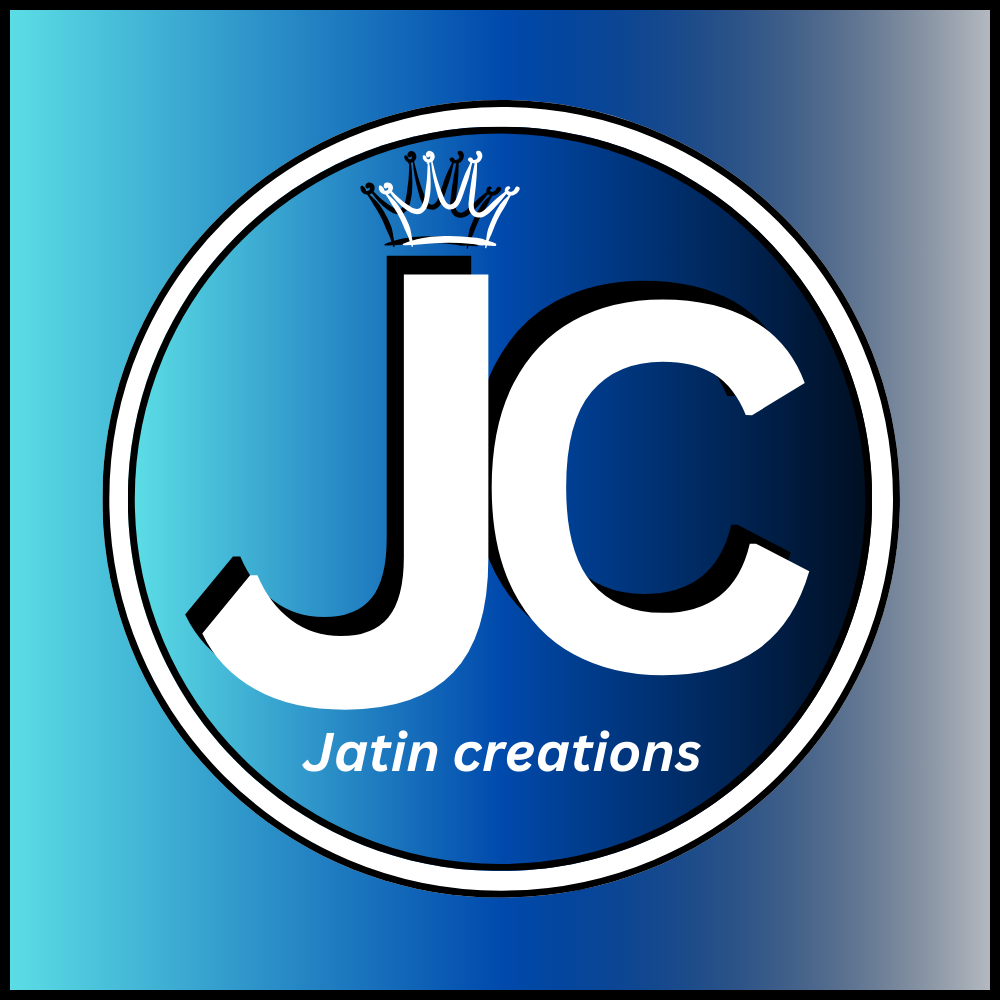Marketing is the backbone of every business. In today’s modern world, the debate between traditional vs digital marketing is more relevant than ever. Businesses want to know which one is more effective and where they should invest their money and time.
This post will help you understand the key differences, pros, and cons of both strategies using simple language and SEO-optimized structure.
1. What is Traditional Marketing?
Traditional marketing refers to the classic methods of promoting a product or service without using the internet. Common types include:
- Television commercials
- Newspaper and magazine ads
- Radio advertising
- Billboards
- Flyers and brochures
These methods have been used for decades and are still common in many industries.
2. What is Digital Marketing?
Digital marketing uses the internet and digital platforms to reach audiences. Popular methods include:
- Search Engine Optimization (SEO)
- Social media marketing
- Email marketing
- Google Ads
- Content marketing
- Influencer marketing
It’s more interactive, measurable, and budget-friendly compared to traditional methods.

3. Traditional vs Digital Marketing: Key Differences
The major difference between traditional vs digital marketing lies in how and where you reach your audience.
- Traditional: Offline, broad audience, limited tracking
- Digital: Online, targeted audience, real-time tracking
4. Cost Comparison
Traditional marketing is often more expensive. TV ads, newspaper spots, and hoardings require big budgets.
Digital marketing is budget-friendly. Even small businesses can start advertising on social media with ₹100–₹500.
5. Audience Targeting (Traditional vs Digital Marketing)
With traditional marketing, you reach a wide audience, but you can’t control who sees your ad.
Digital marketing allows precise targeting — by age, location, interests, behavior, and more.
6. Speed of Results (Traditional vs Digital Marketing)
Traditional campaigns take time to plan and execute. Results are slower.
Digital marketing provides fast results, especially with paid ads and real-time analytics.
7. Measurability
You can’t easily measure the success of a radio ad or billboard.
Digital marketing tools let you track clicks, views, conversions, and ROI easily.
8. Interaction and Engagement
Traditional marketing is one-way communication.
Digital marketing allows two-way interaction. Users can comment, share, and engage with your brand instantly.
9. Geographical Reach
Traditional methods are ideal for local or regional reach.
Digital platforms can help you reach a global audience with just one click.
10. Lifespan of the Message
A newspaper ad lasts one day. A radio ad is gone in seconds.
A blog post, video, or social media post can stay online for years, bringing long-term traffic.
11. Trust Factor
Traditional media often feels more trustworthy, especially for older people.
Digital platforms build trust through reviews, testimonials, and social proof.
12. Flexibility and Control
Once a print ad is published, changes are impossible.
Digital marketing offers complete flexibility — pause, edit, or stop anytime.
13. Conversion Rate (Traditional vs Digital Marketing)
Digital marketing generally gives a higher conversion rate because it targets specific users who are already interested.
Traditional methods depend on chance — hoping the right person sees your ad.
14. Best for Older vs Younger Audiences
Traditional marketing works better with older generations who read newspapers or watch TV.
Digital marketing is best for younger audiences who use smartphones, social media, and Google.
15. Learning Curve
Traditional marketing is easy to understand and implement.
Digital marketing requires learning tools like SEO, Google Analytics, Facebook Ads, etc., but offers better long-term value.
16. Brand Building
Both traditional and digital marketing can build your brand.
- Traditional: Trusted, visible, memorable
- Digital: Engaging, shareable, interactive
Using both together often gives the best results.
17. ROI (Return on Investment)
Digital marketing offers a better ROI for most small and medium businesses. You can track every rupee spent.
Traditional marketing ROI is harder to track and often requires more investment.
18. Which One is Right for You? (Traditional vs Digital Marketing)
Your decision between traditional vs digital marketing should depend on:
- Your target audience
- Your business goals
- Your marketing budget
- Your industry and location
For example:
- A local shop may benefit from flyers (traditional)
- An online store may get more sales from Instagram ads (digital)
19. Combining Both for Success
The best strategy often combines both methods.
Example: A TV ad (traditional) that promotes a website or social media handle (digital) for more engagement.
This is known as integrated marketing — and it works well in today’s world.
20. Final Thoughts on Traditional vs Digital Marketing
In the battle of traditional vs digital marketing, there is no clear winner. Each has its own advantages and disadvantages.
👉 Traditional marketing is great for credibility, local reach, and older audiences.
👉 Digital marketing is better for engagement, targeting, and cost-effectiveness.
Most modern businesses are shifting toward digital-first strategies, but using a smart mix of both can give the best results.
Conclusion
Traditional vs digital marketing is not about which one is better — it’s about which one works better for your business. In most cases, digital marketing is more efficient, flexible, and measurable, especially in today’s fast-paced, mobile-first world.
Use the strategy that best matches your business goals, audience, and budget — or even better, combine both for maximum success.

